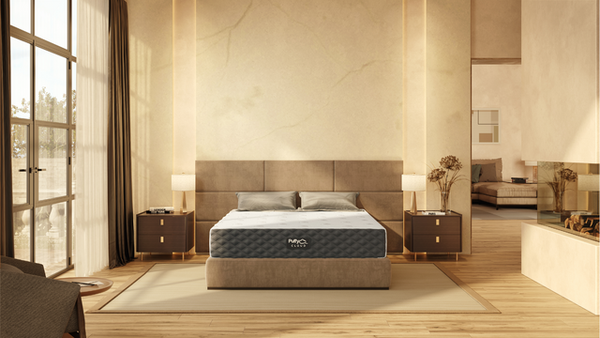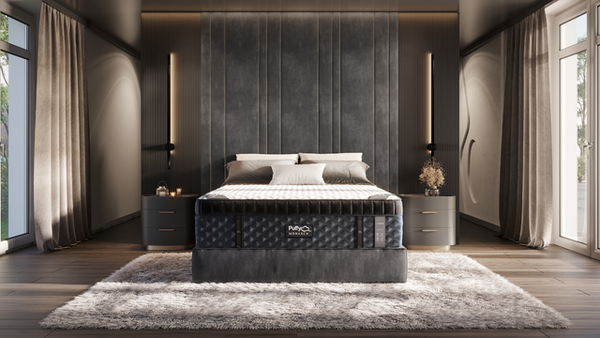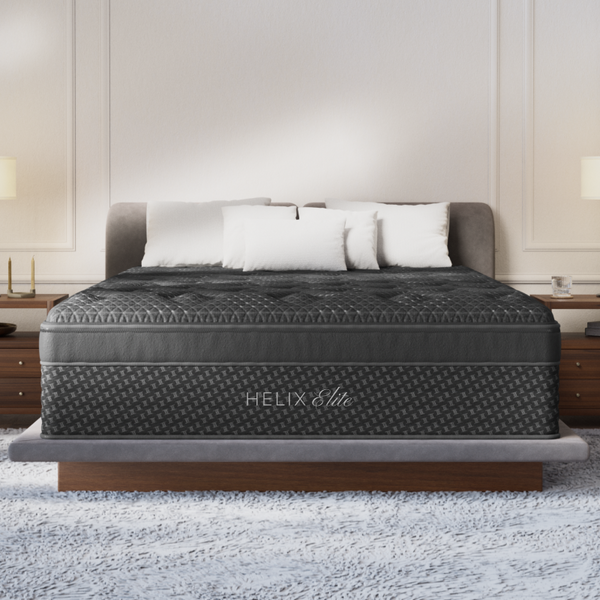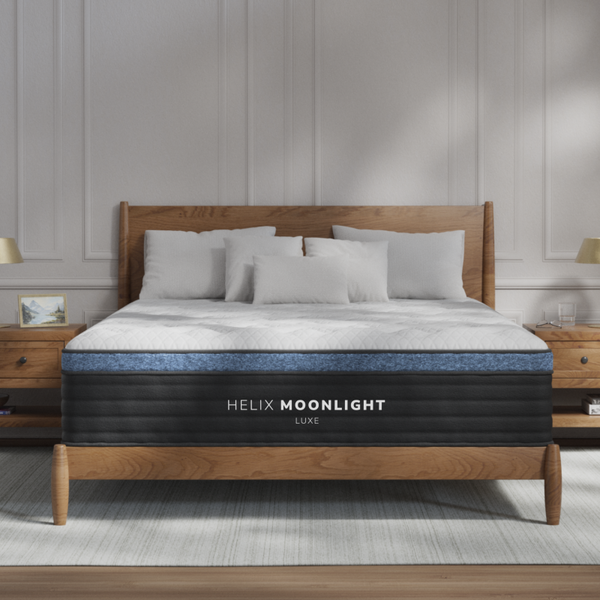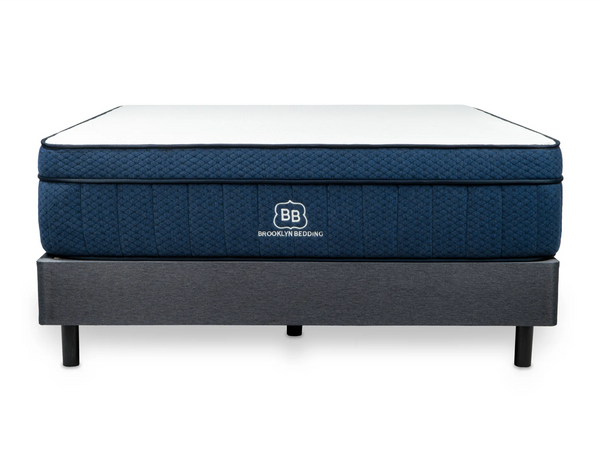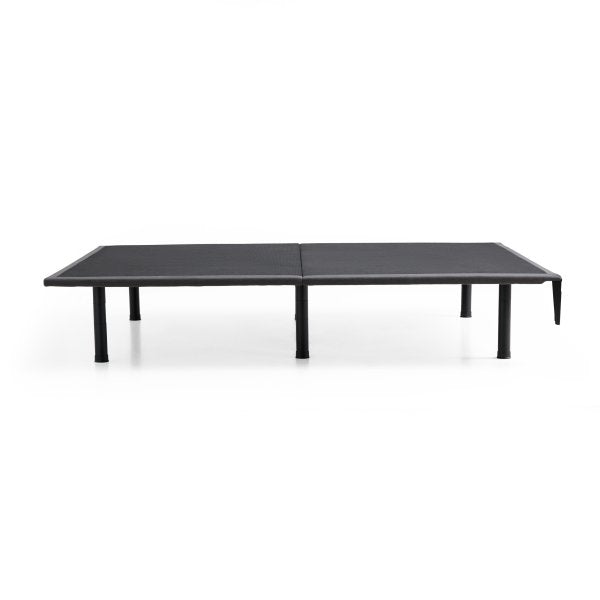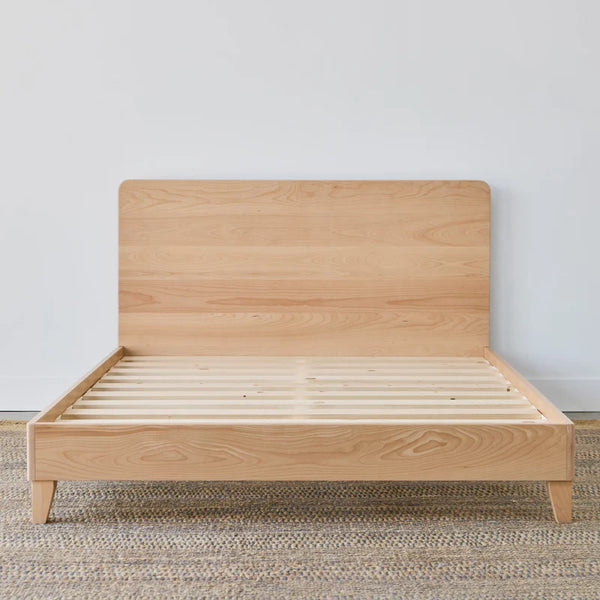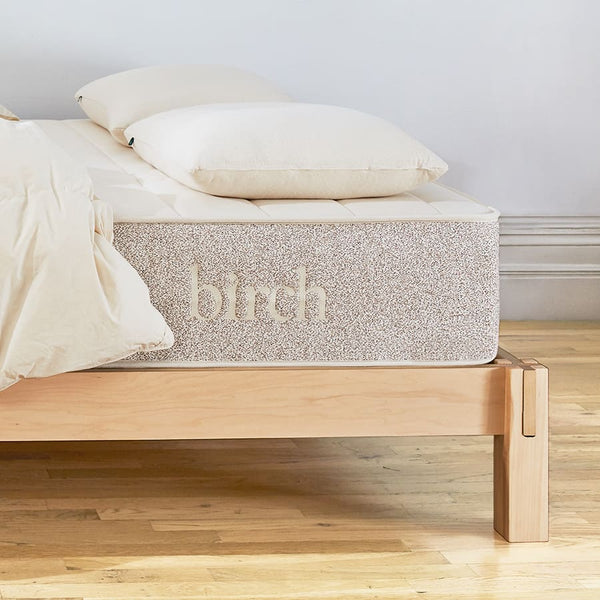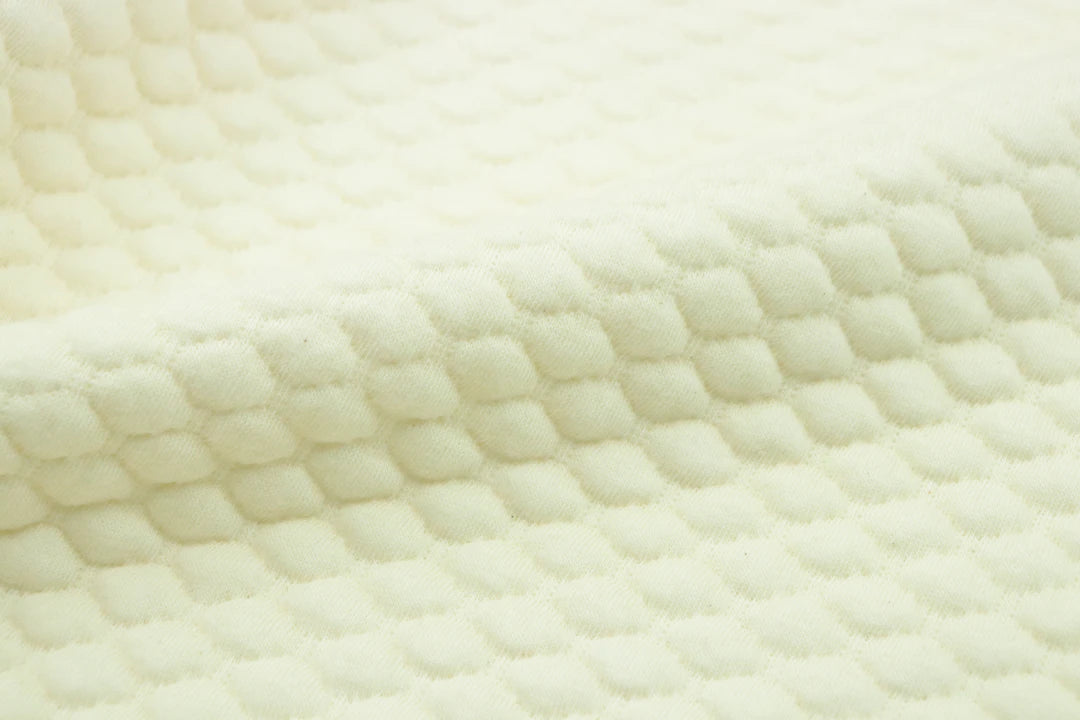
Overview
Choosing the right mattress is essential for quality sleep, with memory foam and innerspring being popular options. Memory foam contours to the body for pressure relief, ideal for side sleepers, while innerspring provides a bouncier feel and better airflow, making it suitable for hot sleepers. Consider factors like sleeping position, temperature sensitivity, support needs, and budget when deciding. Both types offer a range of prices and durability, ensuring there’s a suitable option for everyone.
Frequently Asked Questions
1. What are the main differences between memory foam and innerspring mattresses?
2. Which mattress type is better for side sleepers?
3. Do memory foam mattresses retain heat?
4. How long do memory foam and innerspring mattresses typically last?
5. What factors should I consider when choosing between memory foam and innerspring?
Choosing the right mattress is crucial for achieving quality sleep. With so many options available, two of the most popular mattress types are memory foam and innerspring. Each has its own unique features and benefits that cater to different sleep preferences and lifestyles. In this comprehensive guide, we will explore the differences between memory foam and innerspring mattresses, helping you make an informed choice for your next purchase at The Sleep Loft.
A Brief Overview of Mattress Types
Before diving into the specifics of memory foam and innerspring mattresses, let’s take a moment to understand what each type entails.
What is a Memory Foam Mattress?
Memory foam mattresses are made from viscoelastic foam that conforms to the shape of your body. This unique material was originally developed by NASA to enhance safety in aircraft cushions. Its ability to distribute weight evenly and relieve pressure points has made it a favorite for people seeking comfort and support during sleep.
What is an Innerspring Mattress?
Innerspring mattresses, on the other hand, are built with a core of steel coils that provide support. The coils can vary in number, thickness, and design, affecting the mattress's overall feel. Innerspring mattresses often have layers of padding or foam on top for added comfort, offering a more traditional bounce and support feel.
Comparing Comfort Levels
Comfort is subjective and can greatly depend on individual preferences. Let’s break down how each mattress type fares in terms of comfort.
Memory Foam Comfort
Memory foam mattresses are renowned for their ability to contour to your body, which helps alleviate pressure on your spine, hips, and joints. This is particularly beneficial for side sleepers who need extra support in sensitive areas. Additionally, memory foam effectively absorbs motion, making it an excellent choice for couples or those who share a bed, as it minimizes disturbances during the night.
Innerspring Comfort
Innerspring mattresses provide a more traditional feel and a slightly bouncier experience compared to memory foam. The coils in an innerspring mattress allow for more airflow, resulting in a cooler sleep surface. This can be advantageous for those who tend to overheat at night and prefer a mattress that offers a firmer feel. Innerspring mattresses can also be more responsive during movement, making it suitable for combination sleepers who change positions frequently.
Support and Spinal Alignment
Support is a critical factor when it comes to selecting the right mattress. We'd like to break down how memory foam and innerspring mattresses provide support.
Memory Foam Support
Memory foam is designed to cradle your body and distribute weight evenly, which helps maintain spinal alignment. This feature is especially beneficial for individuals with chronic pain or specific orthopedic needs. By minimizing pressure points, a memory foam mattress can contribute to overall comfort and improve sleep quality.
Innerspring Support
Innerspring mattresses offer support through their coil system, which can be adjusted according to the number of coils and their arrangement. A well-made innerspring mattress can provide excellent support and promote proper spinal alignment. However, some lower-quality models may sag over time, leading to discomfort and misalignment.
Durability and Lifespan
The durability of a mattress is essential to consider, as it determines how long your investment will last.
Memory Foam Durability
High-quality memory foam mattresses can last anywhere from 8 to 10 years. However, not all memory foams are created equal; lower-density foams may wear down faster, resulting in a shorter lifespan. The density of the foam typically correlates with its durability, so investing in a higher-density option is advisable for long-lasting support.
Innerspring Durability
An innerspring mattress can also have a lifespan of around 7 to 10 years, depending on the coil quality and construction. Coils made from high-gauge steel are generally more durable, while lower-quality materials may break down sooner. Regular maintenance, such as flipping or rotating the mattress, can extend its life considerably.
Temperature Regulation
Temperature sensitivity can impact your sleep quality. Let’s see how each mattress type fends off heat retention.
Memory Foam Temperature Regulation
Traditional memory foam mattresses are known for retaining heat, which can be uncomfortable for hot sleepers. However, many modern versions are now designed with cooling technologies, such as gel-infused foam or open-cell structures, to improve breathability. These advancements help dissipate heat, making memory foam a viable option for temperature-sensitive sleepers.
Innerspring Temperature Regulation
Innerspring mattresses generally provide better airflow than traditional memory foam, helping to keep the sleeping surface cooler. The space between coils allows heat to escape, making innerspring mattresses a preferred choice for individuals who tend to sleep hot. Additionally, their ability to accommodate various types of top layers allows for customized cooling effects.
Price Ranges
When it comes to budget considerations, understanding the price ranges for memory foam and innerspring mattresses is essential.
Memory Foam Pricing
Memory foam mattresses can vary widely in price, often depending on the density and quality of the materials used. Lower-end memory foam models can typically be found for under $500, while high-end options can cost over $2,000. Investing in a higher-quality mattress often leads to better comfort and longevity, making it a worthwhile expenditure.
Innerspring Pricing
Innerspring mattresses also have a broad price range, with budget-friendly models starting around $300 and higher-end options ranging above $1,500. The price typically correlates with coil quality, additional features and materials used. Choosing a mattress that fits both your budget and comfort preferences is key.
Choosing the Right Mattress for You
Your sleep habits and preferences should guide your decision between memory foam and innerspring mattresses. Here are some questions to consider:
- Sleeping Position: Are you a side, back, or stomach sleeper? Memory foam is great for side sleepers, while innerspring is good for stomach sleepers.
- Temperature Sensitivity: Do you tend to sleep hot? An innerspring mattress may keep you cooler, but consider modern memory foam cooling options.
- Support Needs: Do you have any chronic pain or orthopedic needs? Memory foam can provide exceptional contouring support.
- Budget: How much are you willing to spend? Both mattress types offer a range of options across various price points.
Final Thoughts on Your Mattress Journey
Ultimately, the choice between memory foam and innerspring mattresses should align with your personal needs, sleep preferences, and lifestyle. This guide offers you the insights you need to make an informed decision. By understanding the unique benefits and considerations of each mattress type, you can enhance your sleep quality and bedtime comfort.
At The Sleep Loft, we provide a diverse selection of high-quality mattresses to suit various sleep styles. Whether you decide to go for the soothing embrace of memory foam or the supportive feel of innerspring, your dream mattress awaits!

